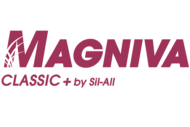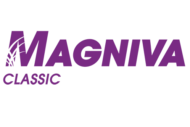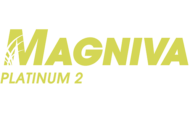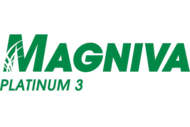Silage is the most valuable and widely used feed ingredient on beef or dairy farms. However, obtaining high-quality silage is not a given. Often, the only way to ensure quality silage is to follow management practices as closely as possible from the field to the bunker or silo. Making quality silage begins in the field, where the right forage varieties are combined with optimum sowing and harvesting practices. However, quality silage requires more. In fact, it requires a whole myriad of management variables to be followed to consistently make top quality silage.
So, what is silage?
Silage is the result when harvested forage is conserved by the process of fermentation. Successful fermentation takes place in an anaerobic environment, i.e. in the absence of oxygen, usually in a bunker or silo type enclosure. The aim of the fermentation process is to preserve as much of the feed value of the original forage harvested as possible. By promoting epiphytic (naturally occurring) lactic acid bacteria to grow, the lactic acid produced by these bacteria lowers the pH of the forage to a point where undesirable microorganisms — such as clostridia, E. coli, yeast and molds, which cause the silage to degrade, heat and spoil — are unable to grow. This results in the conservation of huge amounts physical dry matter (DM).
The more efficient the fermentation process, the better the quality of the silage produced. Once the silo or bunker is closed and sealed, fermentation takes place autonomously, farmers have no control over the fermentation at this point and no way of checking or ensuring that everything is running smoothly until the fermentation process is complete.
Silage fermentation process
Using a silage inoculant is an effective way of taking control of the fermentation process. It is preferable to use an inoculant that has been independently researched and reviewed such as the MAGNIVA range. Not only do inoculants add large numbers of lactic acid bacteria to the silage, but they also add species that have specific properties, which can overcome specific challenges — such as heating and spoilage — when the silage is opened.
If the forage is untreated, the risk of a poor fermentation — and thus poor silage — is increased, as farmers are relying on the natural population of lactic acid bacteria in the forage harvested to be sufficient and of the correct species types to drive the fermentation. Again, farmers have no way of knowing this, and there is every chance that the forage from the field can have as many undesirable microorganisms as desirable lactic acid bacteria.
The MAGNIVA range is a valuable tool for taking control of the fermentation, not only by ensuring the population of lactic acid bacteria become the dominant species, driving the fermentation efficiently and quickly, the range also includes several types of formulations based on the challenge of diverse types of forage. The products are composed of distinct species of lactic acid bacteria, which have different benefits and some products include enzymes to help improve digestibility and sugar levels.
Find out more about silage fermentation






